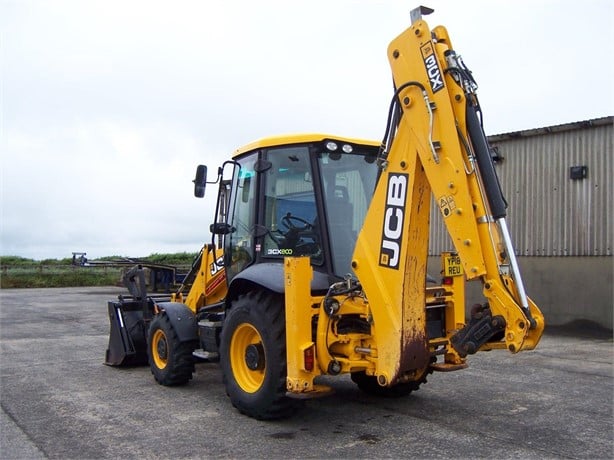Heavy machinery
Excavators (hydraulic) are heavy construction equipment consisting of a boom, dipper or stick, bucket, and cab on a rotating platform known as the “house”. The house sits atop an undercarriage with tracks or wheels. They are a natural progression from the steam shovels and often mistakenly called power shovels.

All movement and functions of a hydraulic excavator are accomplished through the use of hydraulic fluid, hydraulic cylinders, and hydraulic motors. Due to the linear actuation of hydraulic cylinders, their mode of operation is fundamentally different from cable-operated excavators which use winches and steel ropes to accomplish the movements.
Excavators are also called diggers, mechanical shovels, or 360-degree excavators. sometimes abbreviated simply to “360”. Tracked excavators are sometimes called “track hoes” by analogy to the backhoe.
Excavators are used in many ways:
- Digging of trenches, holes, foundations
- Material handling
- Brush cutting with a hydraulic saw and mower attachments
- Forestry work
- Forestry mulching
- Construction
- Demolition with a hydraulic claw, cutter and breaker attachments
- General grading/landscaping
- Mining, especially, but not only open-pit mining
- River dredging
- Driving piles, in conjunction with a pile driver
- Drilling shafts for footings and rock blasting, by use of an auger or hydraulic drill attachment
